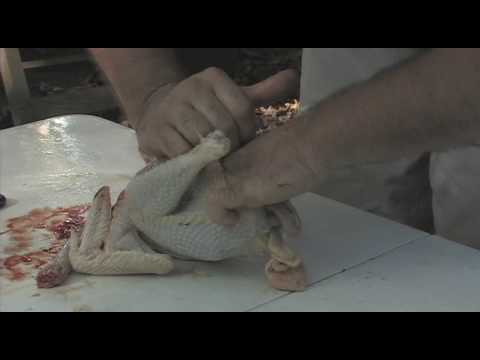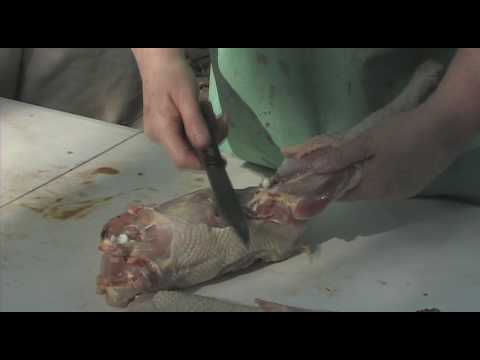Hey LG, For your 100W flower pot heater did you just turn the pot upside down & run the lightbulb through the drain hole? That's what I've been thinking about doing. I've been stuffing the nesting boxes w/shredded newspaper & shavings in case anyone gets bumped off the roost. I found one of my Sizzles in a box last night. I was going to put her on the roost but she was cozy & warm so I stuff some extra shavings around her and let her be.
That would certainly work, but you'd have to do the wiring at either the plug or the socket end. I started out with 60W and a cinder block. The 60W was mounted in a ceramic light socket, the kind that's meant to be mounted on the ceiling. My hubby built a 2 x 4 base to hold the block up off the floor of the coop, drilled a bit off the block to allow the cord to come through, and hot melted a ceramic tile to the top. It didn't put out enough heat, so I did 100 W in a clay pot. I had to put bricks on the floor under it b/c the 100 W puts out a lot more heat. So, at best, my set up is cobbled together. If I had to do it over again, I'd do it your way, and build a sturdy base for it to sit on, just be sure the chickens can't peck on the cord. There's a hard plastic corrugated tubing that they make designed to slip over a cord for extra safety. I'm not at all pleased to have heat in the coop, and plan to remove it, or at least turn it off after this immediate cold spell. You take a huge risk when you add heat to a coop. For the immediate moment, it's a risk I'm willing to take, but I wouldn't recommend it! Do as I say, not as I do! I guess it eventually becomes a moot point, as I plan to brood chicks in the coop this spring.





